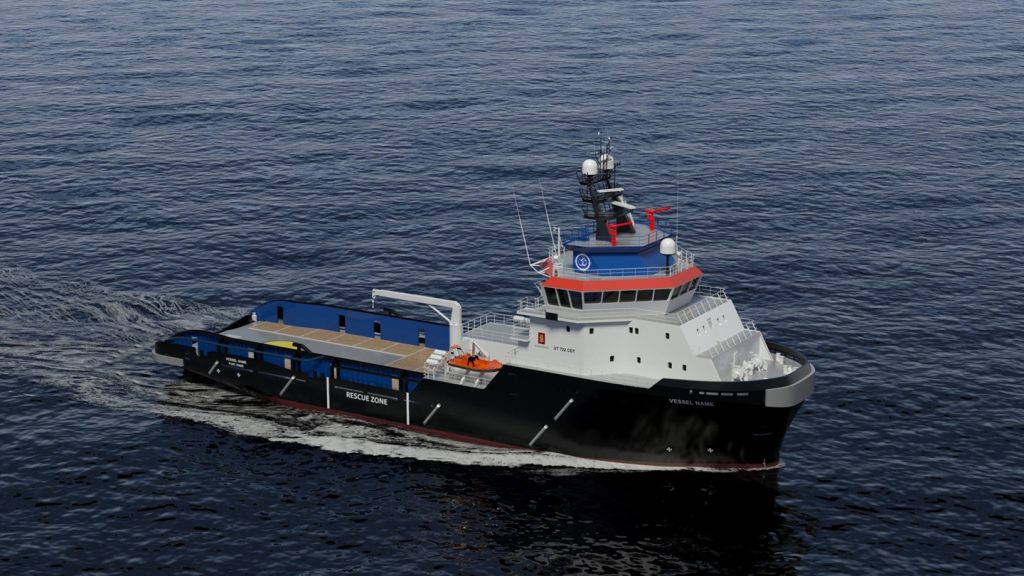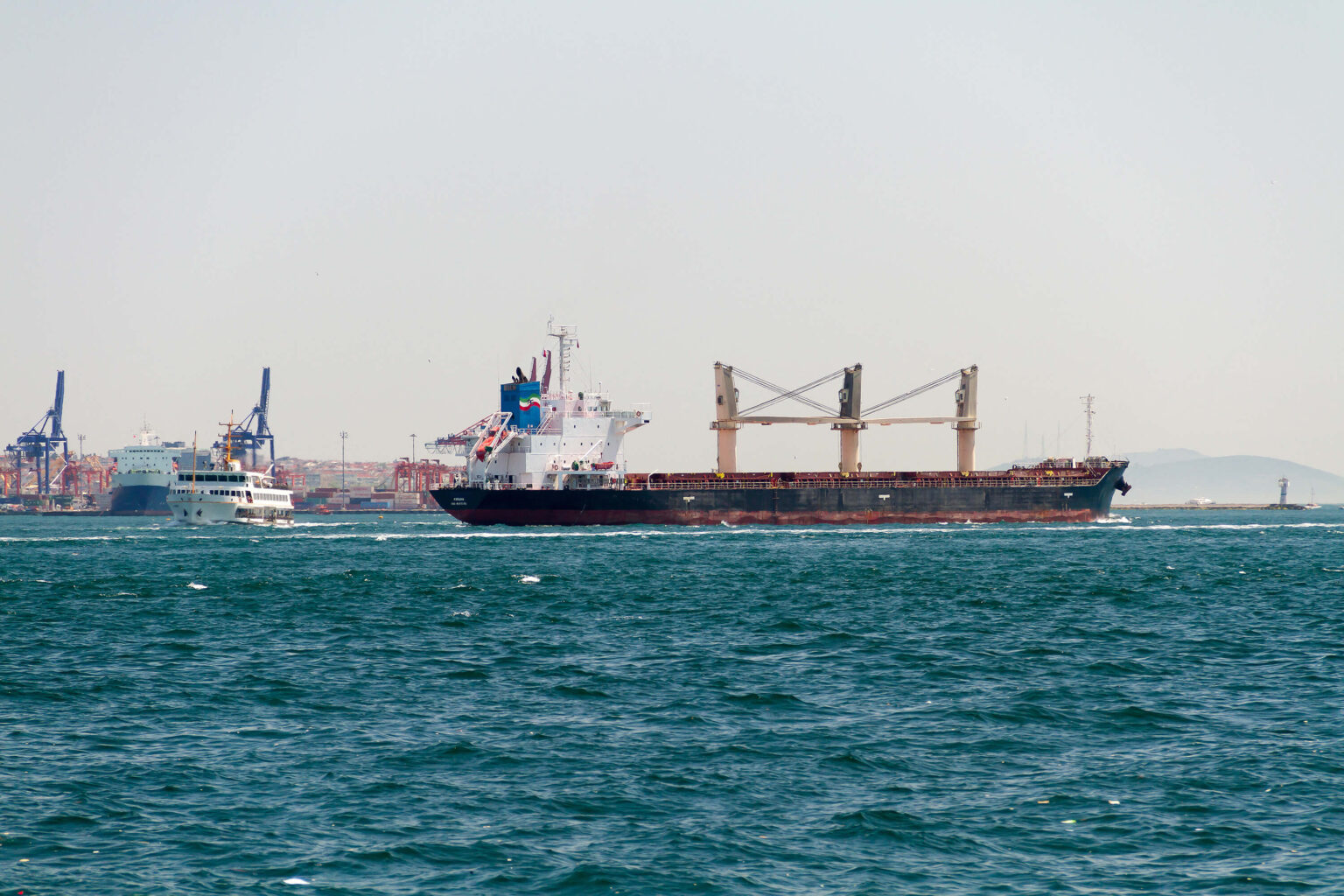BREMERTON, Wash. — The U.S. Navy has officially commissioned the USS Iowa, a Virginia-class attack submarine, marking a significant milestone in modernizing its submarine fleet. The commissioning ceremony took place on April 5 at Naval Submarine Base New London in Groton, Connecticut, where dignitaries and sailors celebrated the vessel’s entry into service. This event coincides with the decommissioning of the USS Helena, a Los Angeles-class submarine, highlighting a pivotal shift in the Navy’s underwater capabilities.
The USS Iowa is the 24th Virginia-class submarine to join the Navy, surpassing the number of Los Angeles-class submarines, which have been in service since the 1970s. The decommissioning of the USS Helena, which served for nearly 40 years, underscores the Navy’s transition to more advanced technology. Cmdr. Kyle Jones, the commander of the USS Helena, acknowledged the submarine’s critical role in national defense during its operational years.
The Virginia-class submarines are designed to be bigger, faster, and quieter than their predecessors, with enhanced endurance and firepower. They can remain submerged for up to three months, travel at speeds of 25 knots, and are equipped with four torpedo tubes and 12 vertical-launching Tomahawk cruise missile tubes. Bryan Clark, a former Navy submariner and senior fellow at the Hudson Institute, emphasized that the Virginia class is a “jack-of-all-trades” for the Navy, offering superior capabilities compared to the Los Angeles class.
As the Navy expands its fleet, the Virginia-class submarines are now being deployed in strategic locations, including the Indo-Pacific region, where they can effectively monitor potential adversaries like China. This shift in deployment strategy reflects the Navy’s commitment to maintaining a competitive edge in undersea warfare.
General Dynamics Electric Boat Secures $1.3 Billion Contract for Virginia-Class Submarine Materials
Despite the advancements represented by the Virginia-class submarines, the program faces challenges, particularly in production rates. The Navy currently operates 50 attack submarines, falling short of its goal of 66. Mark Cancian, a retired Marine colonel and senior adviser at the Center for Strategic and International Studies, noted that the slow pace of construction has been a significant issue, exacerbated by delays caused by the COVID-19 pandemic and reductions in industrial capacity following the Cold War.
The Virginia-class program has experienced cost overruns and delays, with a 2024 Navy analysis revealing $17 billion in additional expenses. The newer Block IV models, which feature an extended weapons bay, now cost approximately $4 billion each. Despite these challenges, the Virginia-class submarines have garnered bipartisan support, with political leaders emphasizing the importance of submarine construction as a national priority.
As the Navy continues to modernize its fleet, the Virginia-class submarines are poised to play a crucial role in ensuring national security and maintaining maritime dominance in an increasingly complex global landscape.




